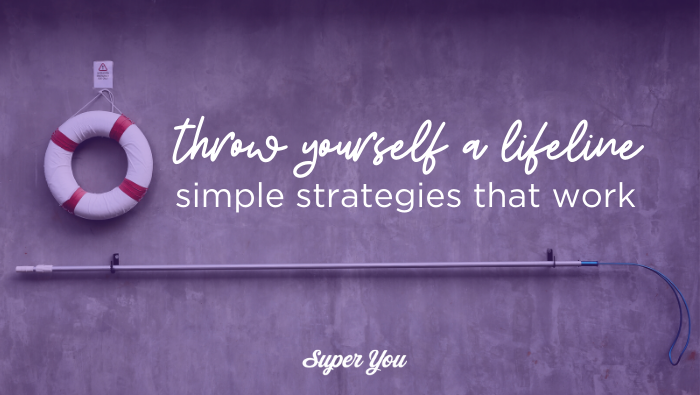Last Year I published this article entitled “What’s Not Wrong.” In it I relayed a powerful anecdote I heard from author and speaker Geneen Roth. It was a question. One she uses as a way to stay present to all the good things going on when she finds herself going down the drain of comparison, negativity or worry. It’s simple and effective (partly why I love it and still use it).
Here it is: when you’re in “that” moment, of overwhelm, worry, stress, etc., just ask yourself…
“What’s NOT wrong?”
I feel like now more than ever this is a question we need to be asking.
Because legit, a lot IS wrong. These are challenging times. I don’t know about you, but as the pull of these pressures and stresses generate momentum, at times I can feel them pulling me down. And not in the grounded, earthy yogic way I like. More like an eddy and current swallowing me into a whirlpool. And while that might seem dramatic (it is), it’s the best metaphor I could come up with for this feeling.
Now more than ever we need lifelines. Energetic lines “out” of the whirlpool and back to solid ground (or back into the natural flow of the river so we can float along a little more comfortably (and safely).
What’s not wrong, and other “Lifeline” strategies:
Here are a few of the strategies I’m using and sharing with clients right now. Try the ones that resonate for you, and ditch the ones that don’t.
- What’s not wrong? By framing the question in this light you’re not just looking for what’s good, because frankly that’s sometimes tricky in tough times. Instead you’re actively searching for what’s “not wrong.” It takes the “this needs to be “good/ great/ wonderful” pressure off.
- Counting wins. This one is similar to what’s not wrong, but with a slightly different lens. In this approach we’re actively looking for what went well. This strategy isn’t about perfection or doing big things, but about noticing the small steps you took. This helps rewire your brain out of it’s negativity bias and reinforces the pathways in your brain for the habits and routines you wish to build!
- Three breaths gratitude. I typically use this strategy at the end of every exercise session, as an expression of gratitude for my body. But lately I’ve been using this strategy all over the place. With every exhale I think of something I’m grateful for. It’s especially helpful when I notice I’m spiralling up into anxiety. Just breathe in, exhale with gratitude. Simple.
- Gratitude practices (in general). There is heaps of research to prove that gratitude “works.” In positive psychology research, gratitude is strongly and consistently associated with greater happiness, period. There isn’t one “best way” to practice, there are lots! The “trick” is about finding the practice the best serves you. Whether it’s a journal you write in before bed, a family practice at the dinner table, or sending expressions of gratitude like thank you cards. Find the approach that works for you!
- Minute meditations. I love a good short meditation. I love the idea of sitting on my meditation cushion for 20-minutes or an hour daily, but it just isn’t part of my routine right now. But the power of meditation is another “no brainer.” There’s a heap of research to prove it. So for now, my strategy is simple. If, by the end of my day I haven’t sat for 5 or 10-minutes using a guided meditation, I will take 10 breaths before bed. I lay there, eyes closed and with every inhale I breathe in light and love, and every exhale I release what doesn’t serve me. Not only is this simple. It sets me up for a really great sleep. For more simple meditation tips check out this blog.
If you’ve come to the end of this blog and now feel more of that pressure cooker, take a breath, heck take 10. This is not “one more thing.” It’s about giving you some tools in the toolkit to support you as you journey through all the things, with grace and space.
What are the lifeline strategy can you “try on” to help keep you out of the whirlpools and heading downstream?
Need some support? I’m here. I’m still offering group and one-to-one coaching. Sliding scale for payment is available for those in need.
